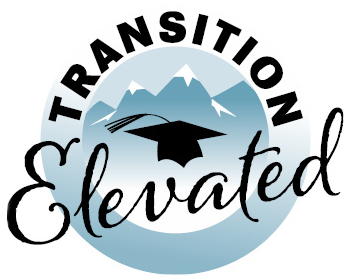Building Postsecondary Success
Postsecondary success means more than just graduating from high school — it’s about being ready for what comes next. Whether a student plans to go to college, enter the workforce, or learn a trade, the right planning and support can make that path smoother, more confident, and more successful.
What is Postsecondary Success?
What does “postsecondary” mean?
“Postsecondary” refers to anything that happens after high school — including college, vocational programs, employment, apprenticeships, military service, or supported living programs.
Why is postsecondary planning important?
Because students need more than a diploma to thrive in adulthood. Planning ahead helps them build the skills, confidence, and connections they’ll need to reach their goals after graduation.
Exploring Pathways
What options do students have after high school?
Every student’s path is different. Common options include:
- 2- or 4-year college: Academic or technical degrees
- Trade schools: Job-specific training (e.g., welding, cosmetology, HVAC)
- Apprenticeships: Learn on the job while earning a wage
- Employment: Part-time, full-time, supported or independent
- Supported programs: Day programs or adult services for continued development
How can students explore their interests?
Try:
- Career interest surveys or strength assessments
- Job shadowing or internships
- Volunteering in areas of interest
- Talking with adults about different careers
- Visiting college campuses or job sites
Skills for Success
What skills do students need to succeed after high school?
In addition to academic readiness, students benefit from:
- Time management and organization
- Self-advocacy and asking for help
- Problem-solving and goal-setting
- Budgeting and basic money management
- Using public transportation or navigating new spaces
Can these skills be taught in high school?
Absolutely. Many schools integrate these into transition services, life skills classes, and IEP goals. Families and community partners can also help students practice them in everyday settings.
Getting Support
What support exists after high school?
Depending on the student’s goals and needs, supports may include:
- College disability services: For accommodations in higher education
- Vocational Rehabilitation (VR): For employment support and training
- DSPD: For ongoing support with daily living or employment
- Mentors or peer coaches: To help navigate new environments
- Family and community networks: As consistent supports
When should planning start?
As early as possible — but officially as part of the IEP by age 14. The earlier students explore their interests, build skills, and connect with resources, the more prepared they’ll be after graduation.
Tip: Success looks different for every student. Focus on helping each student define what success means to them — and then build a plan that supports that vision.
